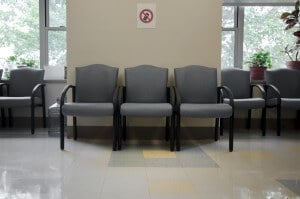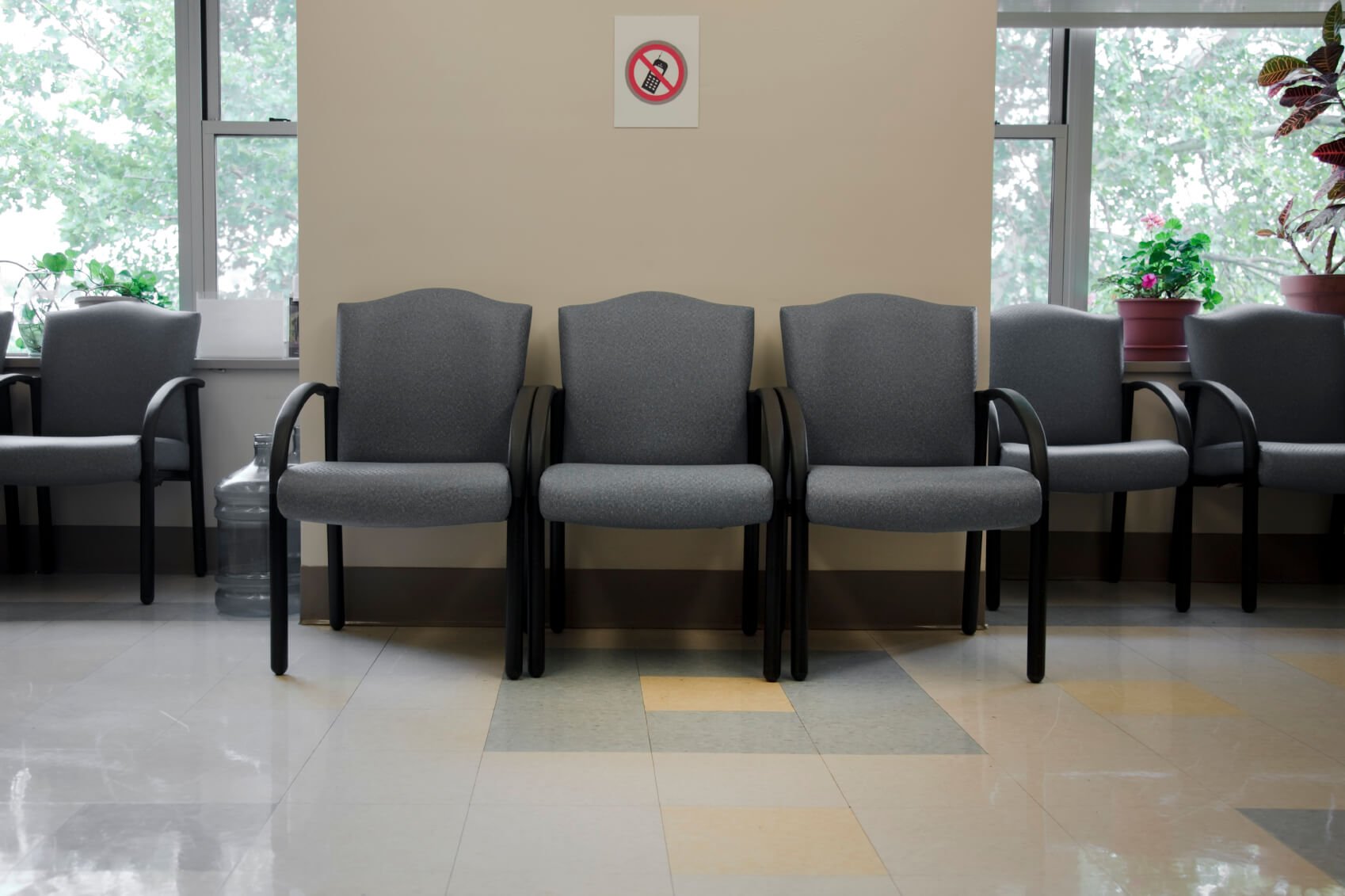 Today’s world is hyper-focused on quick, and accurate results. The rise of technology is largely to blame for this increase in customer expectation. Interior design trends for healthcare facilities are growing and changing along with these new demands.
Today’s world is hyper-focused on quick, and accurate results. The rise of technology is largely to blame for this increase in customer expectation. Interior design trends for healthcare facilities are growing and changing along with these new demands.
The latest trends for healthcare design revolve around providing responsive, needs-specific facilities. Something as ordinary as furniture can be made far more functional thanks to innovative design techniques… and that’s only the beginning!
What you see is what you get, at least that’s what the human mind assumes. If the interior design of a healthcare facility looks nice, people are naturally going to assume they are getting a higher level of care. Hence, why good interior design is greatly important in the healthcare industry. It’s not just about having good style, but functionality is a big part of the puzzle, as well as knowing what’s currently going in the healthcare industry.
The Largest Issues Interior Designers Currently Face When Working On Healthcare Projects
A successful project must incorporate an eye for detail and design, as well as a greater understanding of the current trends, issues and needs related to the healthcare industry.
According to the senior editor of Healthcare Design Magazine, Anne DiNardo, there are a number of challenges interior designers are currently facing when designing spaces for the healthcare industry. She sites the main hurdles as:
- Finding alternative methods that help cut costs–as the rising cost of healthcare is a huge issue
- Incorporating useful amenities to help the growing elderly population
- Increased readiness to handle epidemics or unexpected outbreaks
- Increased access to healthcare for all patients
- “Managed care,” a complicated combination of finances and administration
Plain four-wall rooms with side tables, a couple lamps and reading materials is not going to cut it these days. The latest healthcare facilities are going the extra mile to ensure patients actually enjoy their time there.
Here are 5 of the latest trends changing the game when it comes to interior design for healthcare facilities.
1. Friendly Interior Design
A healthcare facility can quickly start to feel like a sterile, lonely and unhappy place. When patients are feeling sick or down on their luck, the last thing they want to do is stare at blank boring white walls, and know with utmost certainty that they are trapped in a hospital.
The latest design trends for healthcare facilities include bright murals and colorful splashes of creativity. Take the London Children’s Hospital for example; their latest refurnished wards are currently going viral, and for good reason. The hospital enlisted help from a number of talented artists, asking each to take on a different ward. The overall goal was to add some happiness to the otherwise dull, ordinary hospital spaces. They also wanted to make kids feel more comfortable, as well as distracted. As a result, the murals are bright and happy. Plus, they are full of intricate details so that both kids and adults can see something new every time they examine the walls.
In one ward, the rooms are labeled with different animal characters instead of numbers. Those that frequent the hospital, including patients, parents and hospital staff, feel the results are hugely beneficial.
Just because healthcare facilities are a factual, science-based location doesn’t mean they shouldn’t be warm and friendly. The brightly colored murals that now adorn London’s Children Hospital shall stand as an example for all healthcare facilities to follow.
2. Go Green And Add Greenery
Plants are natural pick-me-ups, in more ways than one. Plants help provide you with better, fresher air, and simply seeing plant life can increase overall happiness and productivity. Indoor plants don’t have to be complicated. There are plenty of low-maintenance options that are packed with benefits.
Not only are indoor plants good for employee and patient wellbeing, but they also make a lovely addition to any space. You can spruce up window seals with lush plants. Or, fill unused corners with large plants in order to add style and natural beauty to a room. Plants incorporated in patient rooms are proven to make patients feel more comfortable and relaxed.
3. Interior Design That Mimics Home
Hospitals have never really looked like home, and no one expects them to. Things are changing though, and hospitals and inpatient facilities are working to make rooms look more like a bedroom than an awkward hospital room. Incorporating matching furniture, such as a dresser, nightstand and headboard is helping some hospitals achieve a comforting appeal.
Different hospital rooms may incorporate different design elements and furniture in order to relate to different age groups and demographics. Some facilities have started to offer check-in surveys to help identify the room each patient will feel most comfortable in.
Creating an environment that reminds patients of home will create residual warmth, which has been proven to help speed up patient recovery and overall wellbeing. (Read more)
4. Make Small Spaces Feel Large
Use the tiny house movement as inspiration! Healthcare facilities are also looking to make the most out of every last inch of space. For instance, hidden storage or laundry hampers built into the walls add convenience without hogging up square footage. Incorporating nifty space-saving tools and tricks into the overall design will help accomplish this, benefiting patients and healthcare professionals.
5. Good Looking Spaces
Healthcare reform has sparked a lot of attention to this industry, and people are now demanding more accountability from providers. This accountability begins with the overall appearance of a facility.
Anne DiNardo writes, “Patient satisfaction is most often tied to environment and surroundings, as necessary companions to hands-on care. Patients often equate a better/higher quality of care with well-designed surroundings. The reality is that design is a quality signal on an emotional and an intellectual level. Good design creates a better working environment for healthcare professionals, as well as a better healing environment for patients.”
In other words, no matter what, all healthcare facilities need to be designed with special attention to creating warm, personalized, friendly and comforting spaces.

